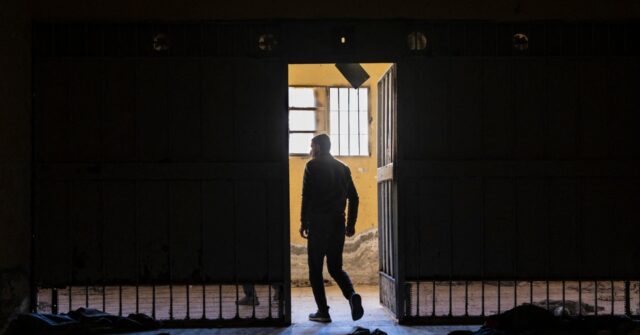The landscape of power in Syria is undergoing a significant transformation following the fall of former dictator Bashar Assad’s regime. Reports from the Syrian Observatory for Human Rights (SOHR) indicate that the new governing authority is actively conducting operations to capture members of Assad’s notorious Shabiha force, a civilian militia known for its brutal repression. The Military Operations Administration, affiliated with the opposition, has established checkpoints to detain these individuals, who are viewed as loyalists of the fallen regime. With the regime’s collapse on December 7, following Assad’s escape to Russia, HTS (Hayat Tahrir al-Sham), an extremist group, has surged to power, leading to a paradigm shift in Syria’s political landscape.
The consequences of this power shift are dire for many communities within Syria, particularly in areas such as Latakia, known for its strong Alawite presence, to which Assad belonged. SOHR reports that some villages are experiencing mass exoduses as residents fear retribution from the new authorities. With the dissolution of widespread opposition during Assad’s reign, anti-Assad forces have gained traction, particularly HTS, which has been aggressively expanding its territories following a successful offensive in Aleppo. The fall of Assad has created a vacuum that HTS is seeking to fill, bringing with it fears of escalating violence and persecution against groups viewed unfavorably by the jihadist faction.
Amidst this turmoil, HTS leader Abu Mohammed al-Jolani has proclaimed an intention to oversee a transition process that promises inclusivity among Syria’s communities. However, the efficacy of his vows comes into question as reports flood in regarding the brutal treatment of minority groups, including Christians and Alawites. The group’s initial ban on the Syrian constitution for three months has stirred apprehension among these populations, who worry about potential Islamic governance under sharia law with no room for their existence. As HTS takes control, the specter of violence looms ever larger, with promises of a new regime clashing with reports of increasing brutality and persecution.
Social media has become a terrifying arena, amplifying fears through postings of alleged public executions and acts of violence committed by self-identified jihadists. While some of these videos are unverified, there have been numerous reports confirming instances of brutality linked to HTS fighters. For example, footage suggesting executions of alleged Shabiha members has emerged, revealing a shocking disconnect between HTS’s governance claims and the violent reality on the ground. Despite HTS’s assertions of exercising control, numerous reports suggest that rogue elements within their ranks may be perpetuating acts of violence and chaos, further destabilizing the region.
Investigations highlight that some of the public executions could be staged as a means of instilling fear among residents. French media has pointed out that the confusion surrounding HTS’s leadership, which has been known to harbor foreign jihadists alongside domestic fighters, complicates efforts to maintain order amid a backdrop of rampant insurgency. Concurrently, reports of disguised individuals committing robberies in Latakia underline the disarray within the new governance and its incapacity to maintain control over its own fighters. The prevalent lawlessness has led to a climate of mistrust among communities, especially as locals report incidents of looting and property seizures purportedly carried out under the guise of HTS authority.
As the situation deepens, testimonies suggest that residents of Latakia and other regions find themselves in a perilous limbo. Many Alawites, previously aligned with Assad’s regime, now face threats from the very groups they once supported. Individuals like Ali, an anonymous Alawite civilian, express deep-seated suspicions towards HTS, indicating a widespread belief that the regime’s fall has not signified liberation but rather a shift in tyranny. Appeals for locals to surrender weapons have met with reluctance fostered by fears of arbitrary executions and reprisals. As communities grapple with the implications of the HTS ascendancy, the fear of an impending crackdown based on ideological grounds exacerbates the already precarious security situation, leaving many to brace for a future shrouded in uncertainty and danger.
The chaotic transition in Syria post-Assad sheds light on the complexities of power dynamics in a post-conflict landscape, directing attention to the necessity of a governance model that genuinely represents and protects the diverse communities within the country. With HTS wielding significant influence and operating with extreme brutality, the fear of violence and persecution becomes palpable among minority groups, creating a critical need for international oversight and intervention. Failure to address these emerging crises may not only lead to further human rights violations but could also pave the way for continued instability and conflict in a region that yearns for peace and reconciliation. The people of Syria, thus, remain at a crossroads, faced with the dual challenge of rejecting the legacy of oppressive rule while navigating the treacherous waters of a potentially oppressive new regime.

